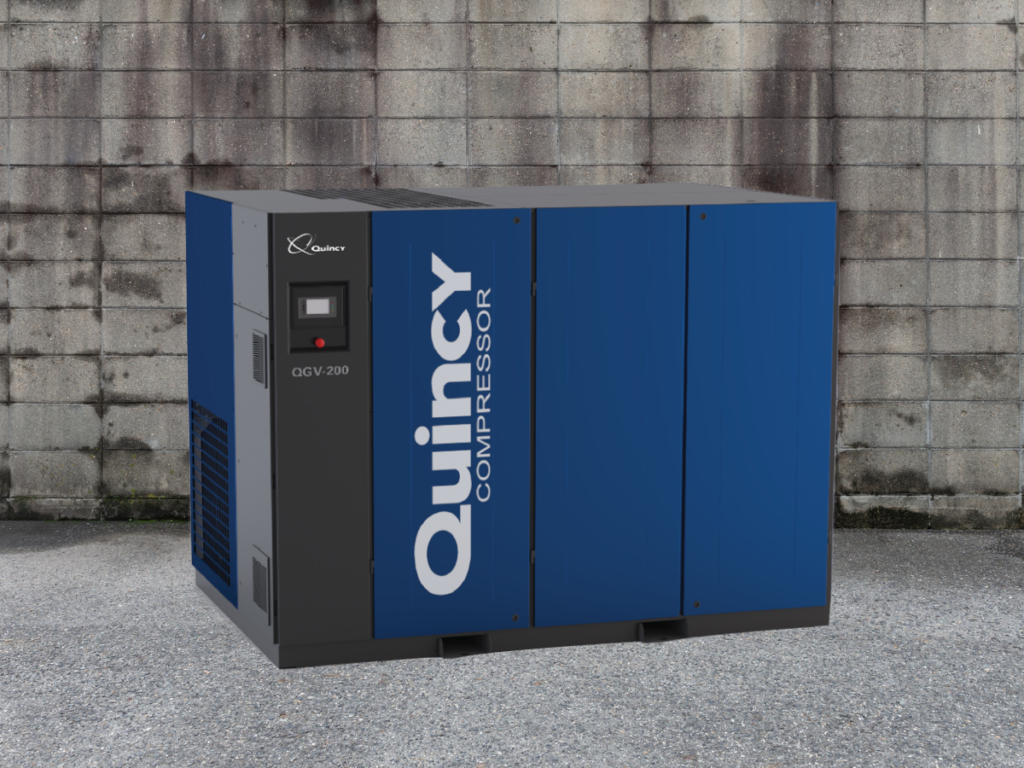VSD vs. VFD: Understanding the Differences for Smarter Motor Control
With industry’s focus on cutting costs and becoming more sustainable, equipment efficiency is garnering a lot of attention. While variable frequency drives (VFD) and variable speed drives (VSD) can both be used to optimize the efficiency and performance of motor-driven systems, it’s essential to understand the key differences between the two technologies so the best motor control solution is selected for your application.
This blog will compare the control mechanisms of VSD vs. VFD drives, contrast the differences, and highlight applications where one technology may provide more effective performance over the other.

VFD vs. VSD
While both VSD and VFD drives are employed to control motors with the ultimate goal of conserving energy and optimizing performance, the way they do so is the main difference and has an impact on which technology should be chosen for an application. While the topic can be complex, this blog aims to offer a simple overview.
In operation, a variable frequency drive varies motor speed by controlling the frequency and voltage supplied to the stator of an electric AC induction motor. VFDs can adjust speed control at various motor stages, including at start up, when running and at motor stop.
So how does a variable frequency drive work? Because most AC induction motors operate based on the voltage-to-frequency ratio of the electrical current, by increasing or decreasing this frequency, variable frequency drives can effectively control the speed and torque of an AC induction motor.
VFDs are often used in applications that demand precise speed control and they excel in curtailing unnecessary power consumption to provide extreme efficiency, so they are common in HVAC systems and large-scale industrial equipment, such as air compressors or pumps used in water treatment systems.
Variable speed drives are a broader technology that includes a variety of drive mechanisms designed to control and adjust the speed of machinery, including those driven by either AC or DC motors.
Because VSDs can relate to both AC and DC motors, different VSD technologies use various mechanisms to adjust speed depending on the motor type. For example, in AC induction motors, VSDs may control speed through frequency changes, while in DC motors, they may adjust the voltage.
For this reason there are several types of variable speed drives available, including:
- Variable Frequency Drives: Adjust the frequency and voltage supplied to an AC induction motor to change speed.
- Direct Current: DC drives adjust speed by modulating the DC voltage and/or current that is supplied to the motor. They are often selected because of their simplicity and reliability.
- Servo Drives: Provide precise speed, torque and position control. Servo drives are commonly used in industrial automation and robotic applications.
- Stepper Drives: Also used in automation, stepper drives offer control over position, speed and acceleration.
Applications for VFDs vs. VSDs
Because of the differences between the two control mechanisms, VSD and VFDs are best suited for different applications, as follows:
VSD applications
The ability of servo drives with closed loop feedback to precisely control position, acceleration and speed makes them a suitable choice for many automation and robotic applications. Stepper drives, with their low cost, compact size, incremental motion capability and very high torque at 0 rpm, are also an attractive choice for many automation applications.
VFD applications
Because VFDs provide high levels of energy efficiency, they find use as variable frequency drive pumps used in water treatment systems to control the speed and flow of pumps, as well as HVAC systems, air compressors, vacuum pumps and industrial equipment where efficiency is the priority.
Because each drive type has a very distinct control mechanism, understanding the differences between the two technologies is key to achieving proper management and control of motor speed and optimal performance in industrial applications. For more detailed information concerning the differences between variable frequency drives and variable speed drives and how these variations may impact performance and motor control, please contact JHFOSTER. Our experts can help you select the most suitable motor control method for your application.
